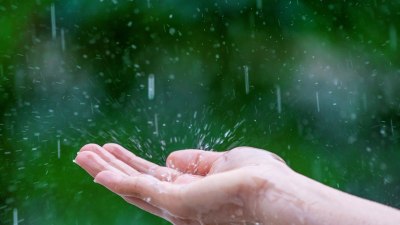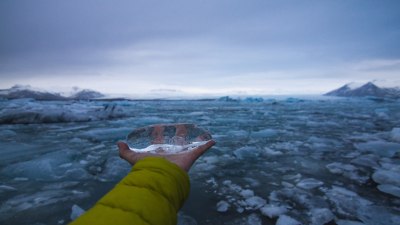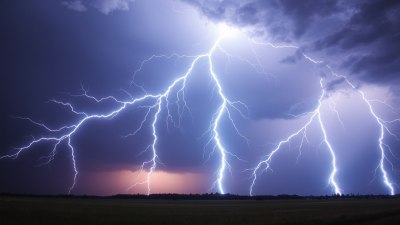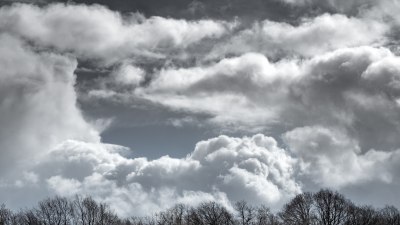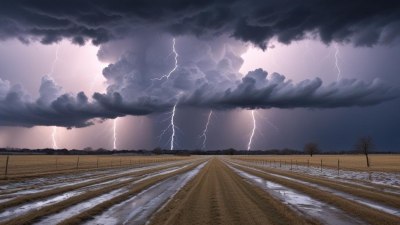How Tornadoes Form and Dissipate
Learn about the formation and dissipation of tornadoes, their lifecycle, and the conditions that lead to their development.

Image by yakovlev_oleg on Freepik
Tornadoes are one of nature's most powerful and unpredictable phenomena. Understanding how they form and dissipate can help us better predict and prepare for these devastating storms. In this article, we will explore the atmospheric conditions required for tornadoes to develop, their lifecycle, and the factors that contribute to their dissipation.
The formation of tornadoes typically begins with the development of severe thunderstorms. These storms require certain conditions in the atmosphere, including instability, moisture, and wind shear. Instability refers to the tendency of air to rise when it is warmer than the surrounding air. Moisture is essential as it fuels the storm, while wind shear, which is the change in wind speed and direction at different altitudes, helps to create a rotating column of air, known as a mesocyclone.
Understanding the Basics of Tornado Formation
The first step in tornado formation is the development of a supercell thunderstorm. These are long-lived, rotating thunderstorms characterized by a large updraft. The updraft must be strong enough to lift warm, moist air from the surface into the colder regions of the atmosphere. As this air rises, it cools, condenses, and forms clouds, releasing latent heat that further enhances the updraft.
Wind shear plays a critical role in the formation of a mesocyclone. When winds at different altitudes blow at varying speeds and directions, they can create a horizontal spinning effect in the atmosphere. If this horizontal spinning air is tilted vertically by the updraft of the storm, it can develop into a rotating column of air. This rotation is a key component in the lifecycle of tornadoes.
The Lifecycle of a Tornado
The lifecycle of a tornado can generally be divided into several stages: the organizational stage, mature stage, and dissipating stage. During the organizational stage, the mesocyclone begins to intensify, and visible signs of rotation may be observed as the updraft strengthens. This stage can last from several minutes to an hour or more, depending on the atmospheric conditions.
As the tornado evolves into the mature stage, it becomes visibly distinct and can produce significant damage on the ground. During this stage, a funnel cloud forms, extending from the base of the thunderstorm to the ground. The tornado may reach peak intensity in this phase, with the strongest winds concentrated near the base of the funnel.
Finally, the tornado enters the dissipating stage. During this phase, the storm that spawned the tornado will often weaken, and eventually, the tornado itself will begin to fade. The winds inside the tornado decrease in strength, and the funnel may become smaller and more ragged. This dissipation can happen rapidly or may take some time as the storm loses its energy source.
Factors Influencing Tornado Dissipation
Another factor is the amount of low-level wind shear. If the winds at or near the surface become more aligned with the winds aloft, the rotation that is necessary for a tornado may weaken. Additionally, changes in temperature or moisture can disrupt the dynamics of the storm and hasten its demise.
The Importance of Storm Chasing and Research
Through their efforts, scientists have been able to gain insights into the complex processes involving tornado formation. This research has led to advancements in Doppler radar technology, which enables meteorologists to detect and monitor tornadoes in real-time. Improved forecasting models have also resulted from this work, providing better warnings to communities in the path of severe weather.
As research continues, the scientific community strives to improve our knowledge of tornado dynamics and the atmospheric processes that contribute to their formation. With better forecasting techniques and public awareness, we can help mitigate the impact of these destructive storms and protect lives and property.


